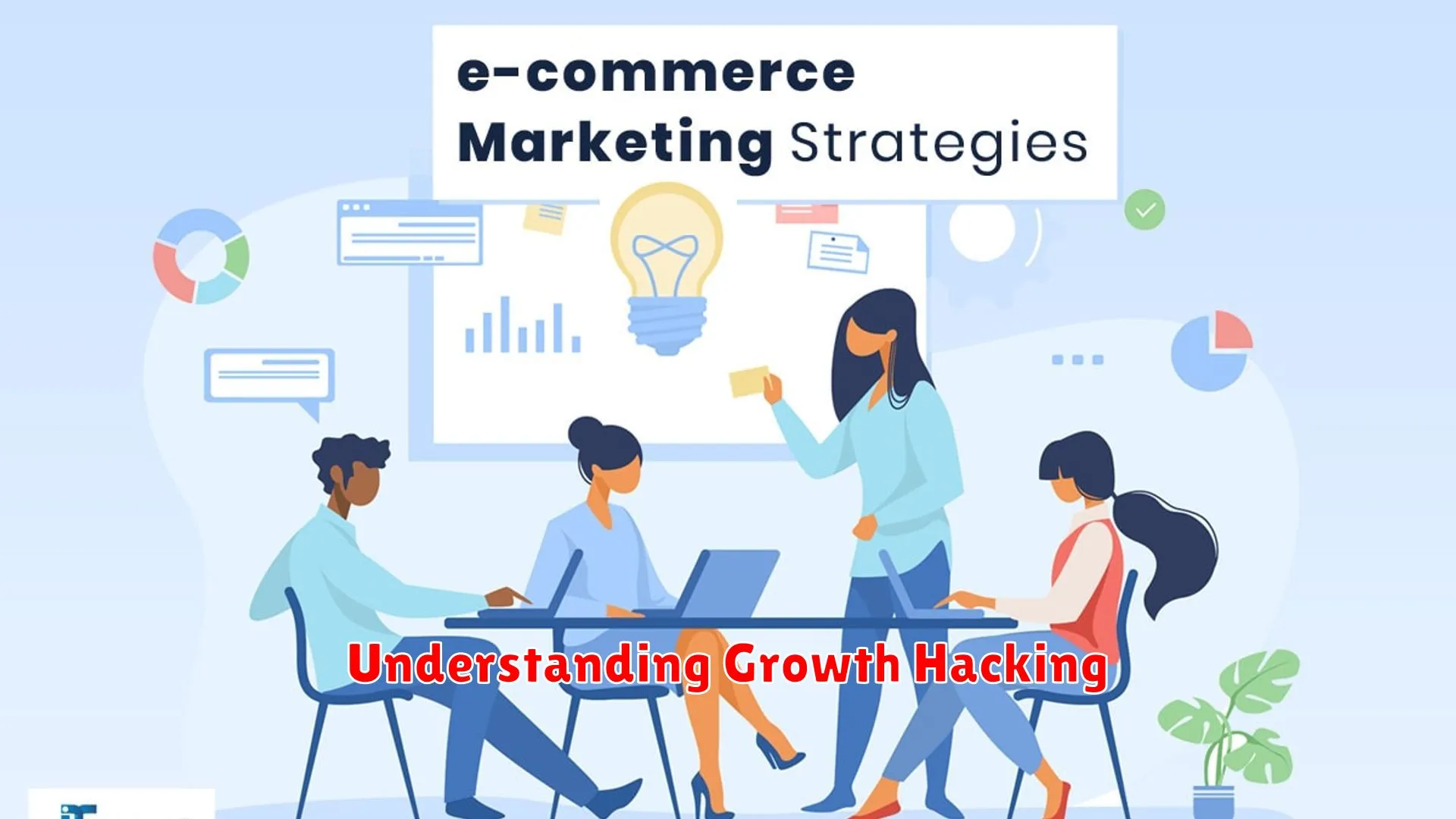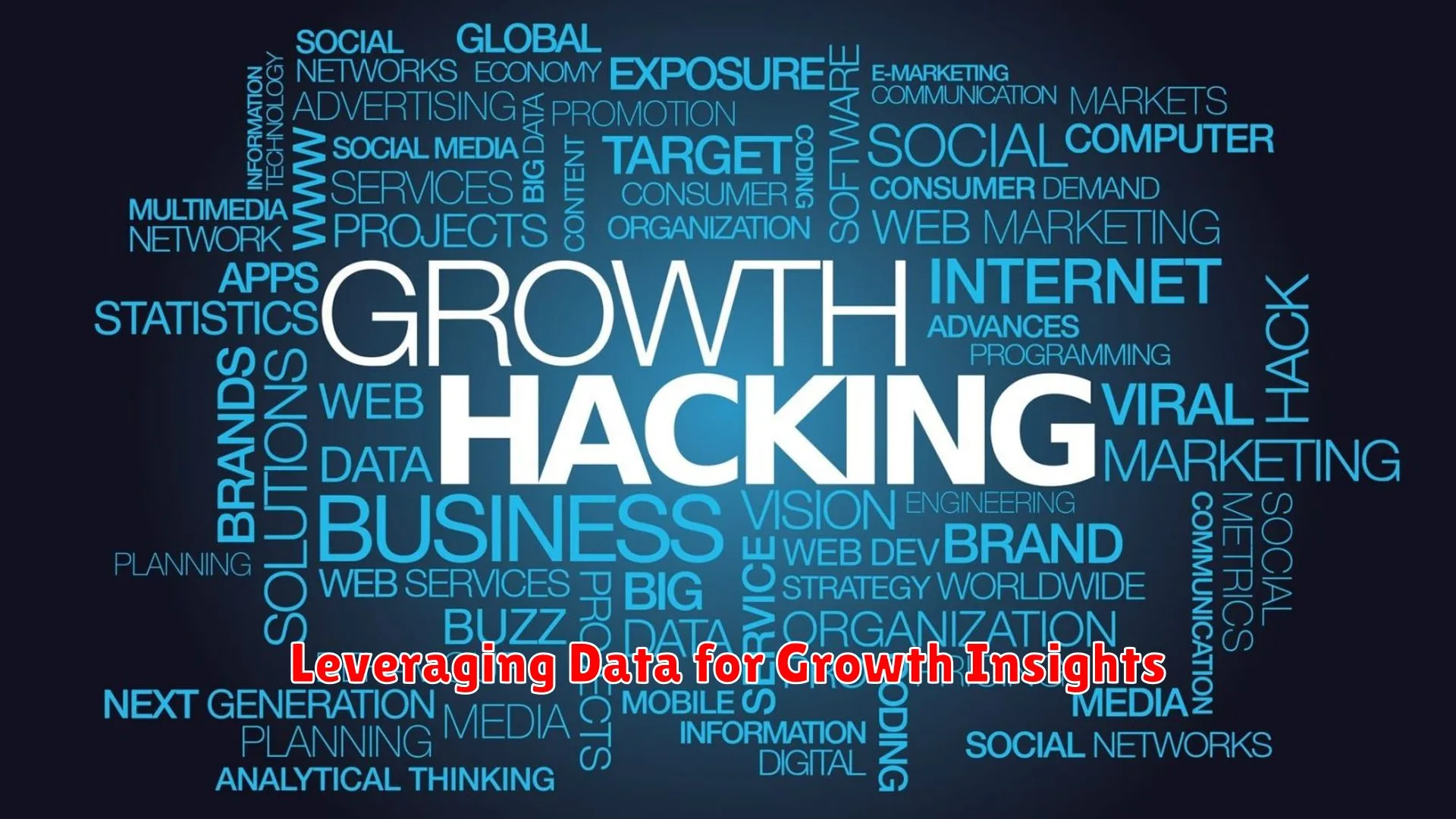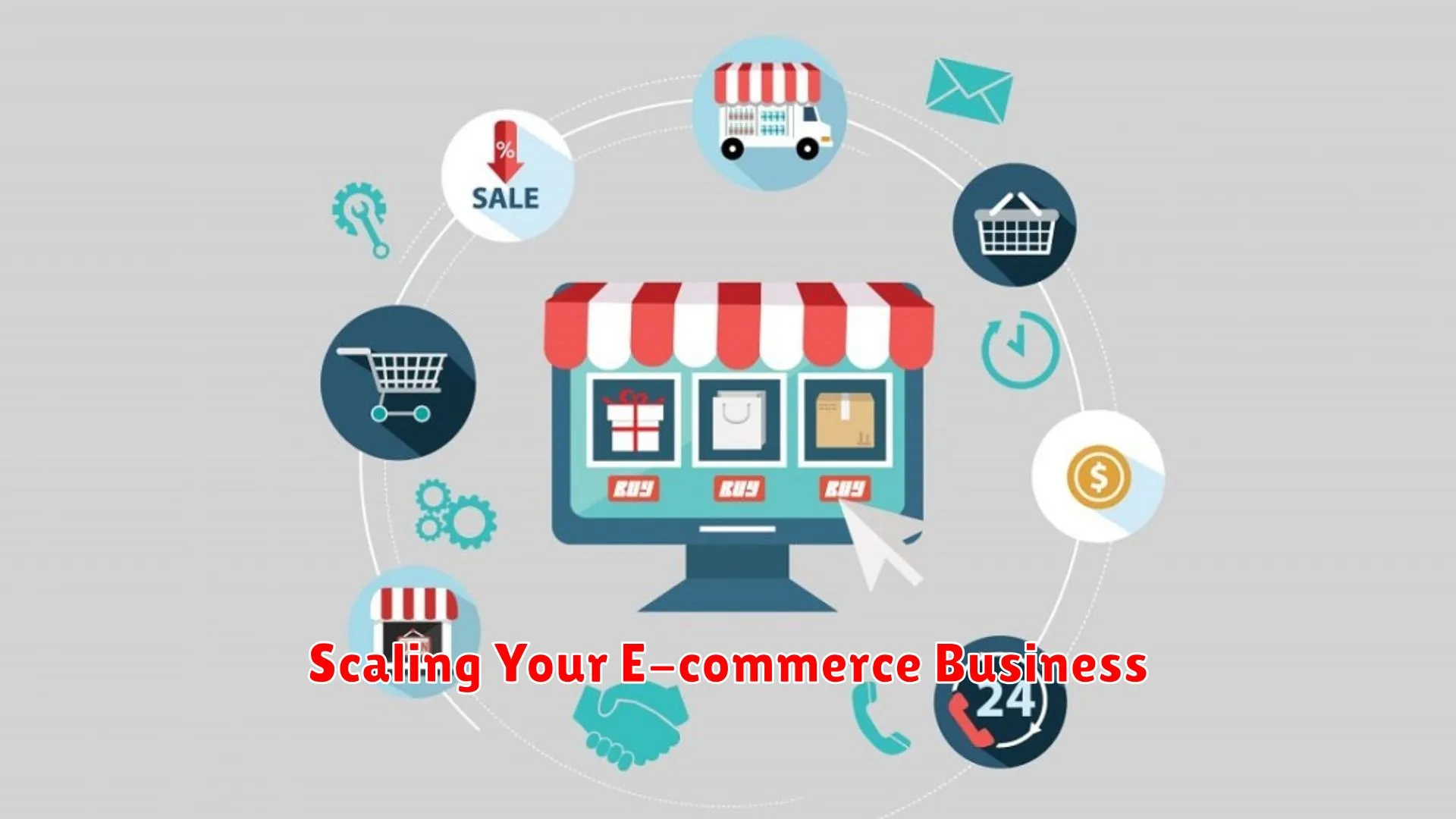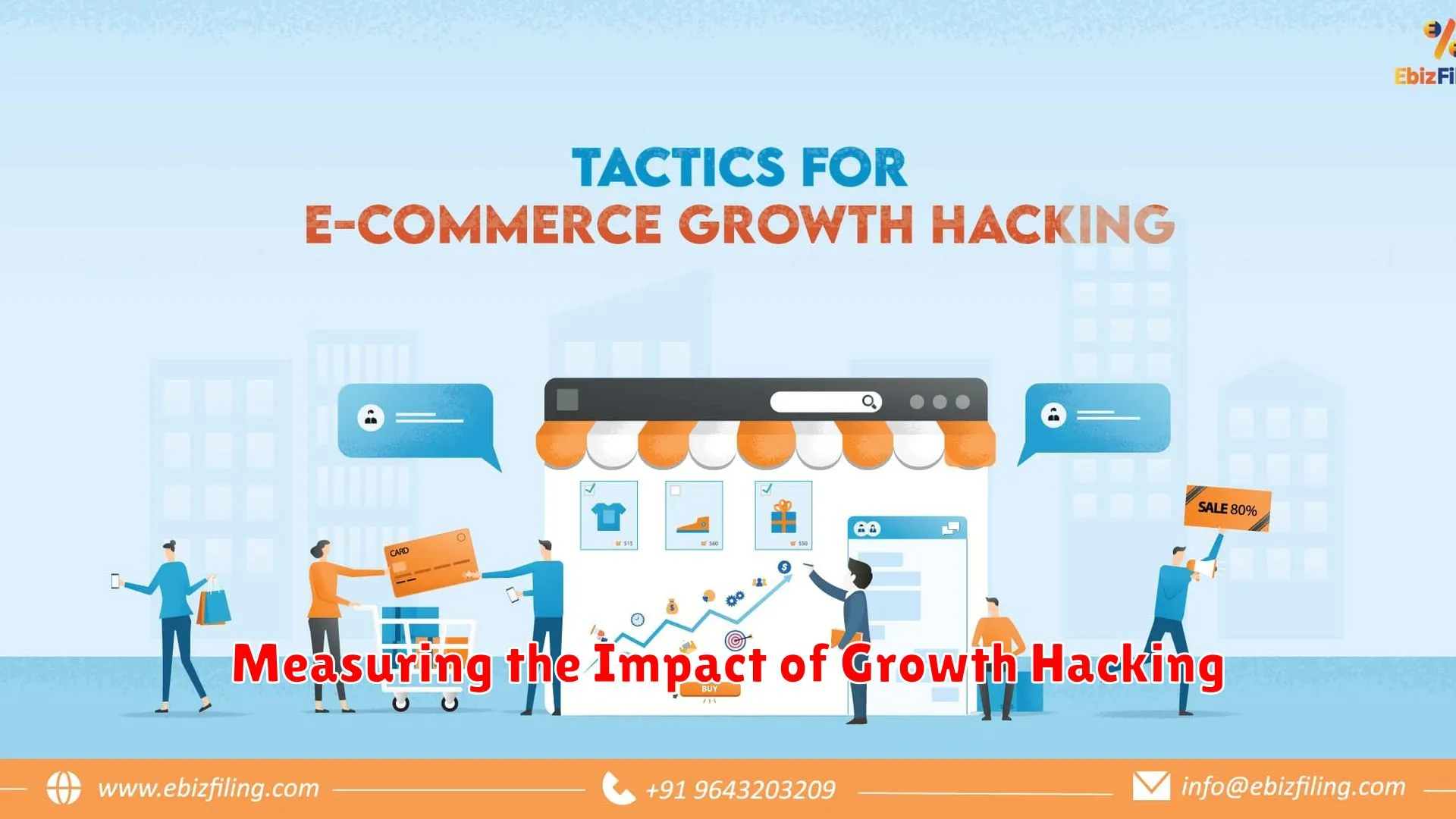Discover the latest trends and cutting-edge strategies in E-commerce growth hacking. Uncover innovative techniques to propel your online business to rapid expansion and sustainable success in the digital marketplace.
Understanding Growth Hacking

Growth hacking is a term used to describe strategies and techniques aimed at accelerating the growth of a business, particularly in the digital realm. When applied to e-commerce, growth hacking involves utilizing innovative and unconventional methods to achieve rapid expansion and increase customer acquisition.
One key aspect of understanding growth hacking in the context of e-commerce is the emphasis on data-driven decision-making. By analyzing customer behavior, market trends, and digital analytics, e-commerce businesses can identify areas for optimization and implement targeted strategies to drive growth.
Another important principle of growth hacking is the focus on experimentation and iteration. E-commerce companies often test various marketing tactics, product offerings, and user experiences to determine what resonates best with their target audience and drives the most significant results.
Additionally, creativity plays a crucial role in growth hacking for e-commerce. Thinking outside the box, finding unique solutions to common challenges, and leveraging emerging technologies are all essential components of successful growth hacking efforts.
Implementing Low-Cost Marketing Tactics

When it comes to implementing low-cost marketing tactics for e-commerce growth hacking, creativity and strategic thinking are essential. Here are some innovative strategies to consider:
1. Social Media Engagement
Utilize social media platforms to engage with your target audience. Create compelling content, run contests, and interact with users to build a loyal following.
2. Influencer Partnerships
Collaborate with influencers relevant to your industry to reach a wider audience. Influencer marketing can be cost-effective and impactful in boosting brand visibility.
3. User-Generated Content
Encourage your customers to create and share content related to your products or services. User-generated content adds authenticity to your brand and can attract new customers.
4. Email Marketing Campaigns
Develop targeted email campaigns to nurture leads and drive sales. Personalized emails with compelling offers can lead to improved conversion rates.
5. Search Engine Optimization (SEO)
Optimize your website content for search engines to improve visibility and drive organic traffic. Focus on relevant keywords and high-quality backlinks to enhance your SEO efforts.
6. Repurposing Content
Maximize the value of your content by repurposing it across different channels. Convert blog posts into videos, infographics, or podcasts to appeal to diverse audiences.
7. Collaborative Partnerships
Explore collaborations with complementary brands or businesses to expand your reach. Joint promotions or co-branded products can attract new customers and generate buzz.
Leveraging Data for Growth Insights

In the realm of E-commerce Growth Hacking, leveraging data for growth insights is a crucial strategic aspect that can drive rapid expansion for online businesses. By harnessing the power of data analytics, businesses can make informed decisions, optimize performance, and stay ahead of the competition in the dynamic digital landscape.
1. Customer Segmentation: Utilizing data to segment customers based on behaviors, preferences, and purchasing patterns can enable personalized marketing initiatives. By understanding the unique needs of different customer segments, businesses can tailor their offerings, improve customer satisfaction, and boost conversions.
2. Predictive Analytics: Predictive analytics empowers E-commerce businesses to forecast trends, identify potential market opportunities, and anticipate customer behavior. By analyzing historical data and patterns, businesses can make proactive decisions to optimize inventory management, pricing strategies, and marketing campaigns.
3. A/B Testing: Data-driven A/B testing allows businesses to experiment with different elements of their website, such as layouts, copy, and visuals, to determine what resonates best with customers. This iterative approach helps in refining strategies, enhancing user experience, and driving higher engagement rates.
4. Conversion Rate Optimization (CRO): Data insights play a pivotal role in CRO efforts by identifying bottlenecks in the sales funnel, analyzing user behavior on the website, and implementing changes to improve conversion rates. By continuously monitoring data metrics and refining the user experience, businesses can enhance conversion rates and drive revenue growth.
5. Smart Marketing Campaigns: Data-driven marketing campaigns are more targeted, relevant, and cost-effective. By leveraging insights from data analytics, businesses can create personalized campaigns, optimize ad spend, and measure campaign performance accurately. This strategic approach ensures that marketing efforts are efficient and yield maximum returns on investment.
Scaling Your E-commerce Business

When it comes to driving rapid expansion in your e-commerce venture, scaling your business effectively is crucial. Implementing innovative strategies to accommodate growth can help you maximize your profits and reach a wider customer base.
Here are some key strategies to consider:
- Optimize Your Website Performance: Ensure your website can handle increased traffic and transactions by investing in reliable hosting, optimizing load times, and providing a seamless user experience.
- Personalize the Customer Experience: Use data analytics and personalized marketing techniques to tailor your offerings to individual customer preferences, increasing customer engagement and loyalty.
- Expand Your Product Line: Diversify your product range to attract a broader audience and cater to different customer needs, helping you tap into new markets and strengthen your brand presence.
- Utilize Automation: Implement automation tools for tasks such as order processing, customer service, and marketing campaigns to streamline operations and free up time for strategic decision-making.
- Collaborate with Influencers: Partner with influencers and brand ambassadors to leverage their reach and credibility, expanding your brand’s visibility and driving traffic to your e-commerce store.
Measuring the Impact of Growth Hacking

In the realm of E-commerce growth hacking, measuring the impact of your strategies is crucial for assessing the effectiveness of your efforts and determining areas for improvement. Utilizing key performance indicators (KPIs) can provide valuable insights into the success of your growth hacking initiatives.
One common metric for measuring impact is Conversion Rate. This metric tracks the percentage of website visitors who complete a desired action, such as making a purchase. By analyzing the conversion rate before and after implementing growth hacking techniques, you can determine if your strategies are driving increased conversions.
Another important KPI is Customer Lifetime Value (CLV). This metric allows you to quantify the total revenue a customer is expected to generate throughout their relationship with your e-commerce platform. By calculating the CLV of customers acquired through growth hacking efforts, you can evaluate the long-term impact of these strategies on revenue generation.
Furthermore, Customer Acquisition Cost (CAC) is a crucial metric to consider when measuring the impact of growth hacking. By comparing the cost of acquiring new customers through growth hacking techniques to the revenue generated from these customers, you can assess the efficiency and profitability of your growth strategies.
Additionally, utilizing A/B testing can provide valuable data for measuring the impact of specific growth hacking experiments. By comparing the performance of different variations of a website or marketing campaign, you can identify which strategies resonate best with your target audience and drive desired outcomes.
In conclusion, measuring the impact of growth hacking initiatives through relevant KPIs is essential for optimizing your e-commerce expansion strategies and achieving sustainable growth. By tracking and analyzing these metrics, you can make data-driven decisions to continuously refine and enhance your growth hacking efforts.
Conclusion
In conclusion, implementing creative growth hacking techniques is vital for the rapid expansion of e-commerce businesses in today’s competitive market.

